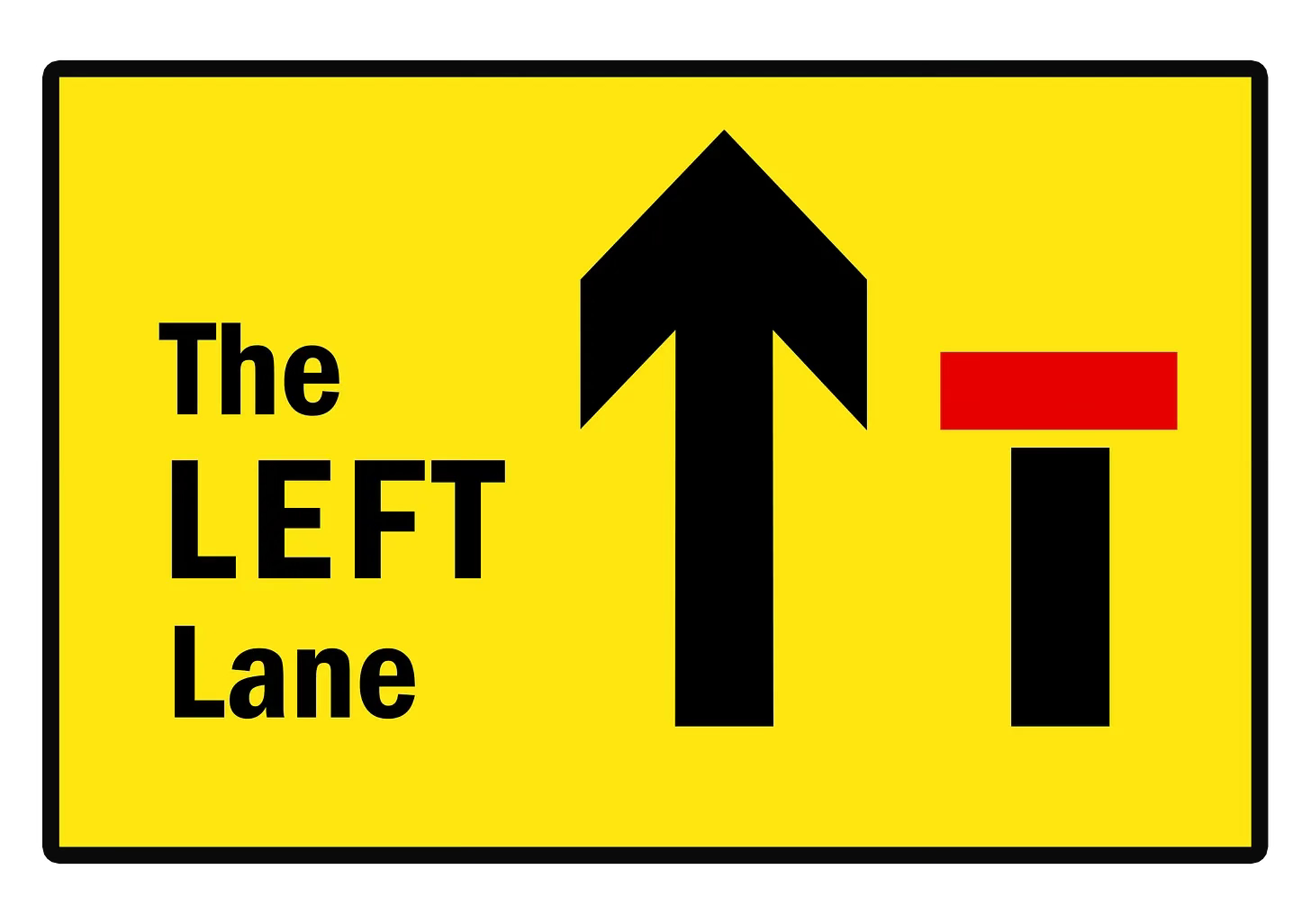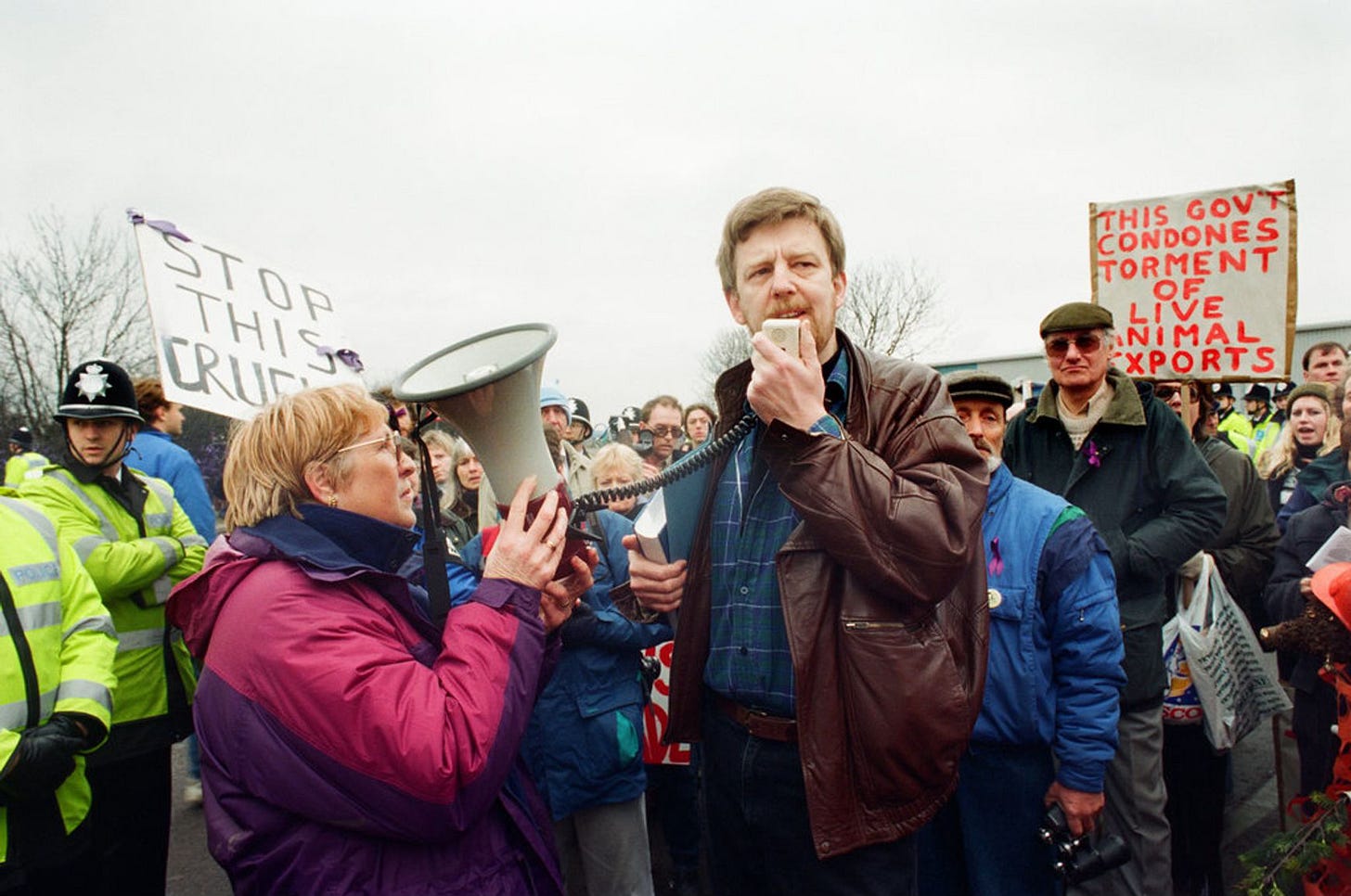The Socialist Alliance: An early failure to build a left party over six years
Part Two of the “Learning our History” Dossier
Introduction
There is no mass ‘left’ or socialist party in the UK today.
This is not for a lack of trying. Over the past 25 years, there have been more than seven serious attempts to establish “a left of Labour” party. The most recent effort, Transform, was wheeled out in Nottingham in late November 2023. Whether it will last until after the next general election is far from certain.
A much earlier attempt was the Socialist Alliance (SA) that existed, at least on some level, in a number of regions of England from 1999 until 2005. At its peak, the SA had about 3000 members and almost 15 supporting organisations.
Phil Pope was a very active member and a local councillor candidate for the SA. Today, Phil is active in the group Learning our History (LOH). Since December 2023, we in LOH have been discussing what lessons, mainly negative but also a few positive ones, can be learned from past failed attempts at party building… and then acted upon if we wish to help build a new party. (Recently one of our members did an assessment of Respect.)
This is no trivial matter. Without some serious reflection, debate and yes, self-criticism, we face an endless cycle of unchallenged Tory/ Labour / Tory/ Tory etc. governments that will claim — at least in Labour’s case — to speak for us. In short, business as depressingly usual.
Assessing The SA’s Record
At the end of his brief narrative on the SA, Phil lays out a few pros and cons from the SA’s history. Your comments are welcome below. Let me add two brief comments here.
First: for much of its history, control of the SA see-sawed back and forth between two of the largest Trotskyist groups in the UK. The Socialist Party (SP), a re-brand of Militant that had been set up in the 1960’s, was founded in 1997. The Socialist Workers Party (SWP) was founded 20 years earlier in 1977.
Both groups had (and still have) their own internal discipline. Members of both parties are primarily loyal to their own party and its growth. Both parties practice entryism, meaning their members “enter” / join other organisations, either covertly or openly, with the aim influencing or even taking over that other organisation. Or making them into mere “front groups.”
The almost constant conflict between the SP and SWP was one of the main factors that led to the demise of the SA. Any new socialist party we create in the future will need to decide: will it allow members of entryist parties to join its ranks? (I personally would be opposed).
No Political Base Whatsoever
Second: Phil writes that “growth (by the SA) was largely achieved by uniting sects rather than attracting more people to the left.” I could not agree more.
It is a lesson Transform did not learn late last year. It was the result of fusing two purportedly “national” parties, Left Unity and the Breakthrough Party. (A strictly local party, the Liverpool Community Independents, was also involved.)
But neither Left Unity nor Breakthrough had a wider political base of any consequence whatsoever. It was a meaningless merger, sort of like adding “1” and “1” and getting “1”.
Beforehand, these two “national” parties claimed on social media that more than 6,500 activists supported their joint call for a new “left” party. But less than 75 actually pitched up in Nottingham on 25 November for the “founding” of Transform.
I was one of the 75. Call me old-fashioned, but talk about a downer.
Getting bums on seats still matters. And so does learning our history.
Alan Story
The Socialist Alternative: Formation And Destruction
By Phil Pope (The Left Lane Guest Post)
The formation of the Socialist Alliance (SA) began in 1992 following the general election in which Dave Nellist (standing as Independent Labour) narrowly lost his Coventry seat. Although a small organisation it was a positive move following the defeats of the 1980s and the right-ward turn in Labour.
A number of groups affiliated — some small organisations with a national profile, others local grassroots groups of socialist-left and green-left activists. It should be remembered that this was before widespread adoption of email and social media did not exist — so everything evolved a little more slowly than today.
By 1996 it was clear that Blair would win the upcoming election and it was widely believed by most of the left that he would be no friend to them. In October 1996 the SA held a conference which began a process of formalisation of national structures with caveats on domination by one group.* There was modest success in local politics with Dave Nellist winning a local election in 1998, and there were a series of national conferences which gradually grew in size over the years.
From 1999 the Socialist Workers Party (SWP) and a majority of far-left organisations had joined the Socialist Alliance. This built up to the 2001 general election campaign in which the SA mounted a national campaign with nearly a hundred candidates. Results were not fantastic, but the SA was becoming a large organisation with about 3,000 members in affiliated organisations.
Tensions Build Between SP And SWP
There were tensions though. Some in the Socialist Party (SP - formerly Militant) were sceptical whether involvement in the SA was wise — a similar initiative in Scotland had seen their members ‘go native’ and the collapse of their section there. There was also animosity between the SP and the SWP which prevented them from working together effectively.
Partly this was due to historical disagreements about working within Labour which had often seen the parties campaigning against each other. The other factor was that the SWP had been relative latecomers to the SA project (which the SP/Militant had helped found) but then expected its opinion to carry considerable weight because of its larger membership.
The creation of the Stop the War Coalition (STWC) in September 2001 prompted a shift in the SWP attitude. They sought to dominate the leadership of STWC from the outset and to promote the SWP rather than the SA. This became clear when they refused to platform Dave Nellist (who was national chair) at meetings and demonstrations. As well as the worries about a repeat of Scotland, the increased belligerence of the SWP tipped the balance of forces in the SP in favour of those sceptical of the SA.
Former Labour MP Dave Nellist was a prominent leader of the Socialist Alliance. He is a member of the Socialist Party and today heads up the Trade Unionist and Socialist Coalition. Photo by Jason Tilley
Changing The SA’s Internal Voting System
A couple of weeks before the December 2001 conference the SP reached a decision that if the SWP forced through one-member-one-vote and a slate system of electing the leadership then they would leave. Because the SWP had a membership that made up approximately half that of the Socialist Alliance, one-member-one-vote would have meant that they could effectively win every vote.
The slate system of election is that a proposal is made for the entire membership of a committee and then it is approved in a single vote i.e. there is no proportional representation for political minorities. Taken together these would mean that the SWP would be able to choose and elect the entire leadership of the SA. Both the 1997 and 2001 policy manifestos of the SA demanded PR for national elections - but apparently some thought it was not applicable within their own organisation.
Although there were many independents in the SA also against the SWP proposals, the SP seemingly did little to coordinate the opposition, to negotiate an alternative proposal with wide support, or to make clear that passing the SWP proposals would result in an SP walkout - the impression being that they were resigned to leaving before the day of conference arrived.
The SP and some other left groups had difficulty arguing against the slate system - which was clearly going to be disastrous in a divided organisation like the SA - because they used it to elect the leadership of their own organisations.
The SWP forced through their changes to the constitution and elected a broad National Executive with only a minority of their own members on it. The conference also created a National Council with representation of one delegate from each local group.
The Change Had An Unfortunate Effect
Ostensibly to increase democracy and accountability, the unfortunate effect was to turn every local group with a diverse membership into a fight to win election of the delegate — often to either voice or suppress opposition to the new national leadership.
Over the next year the SWP extended control over the SA and began to restrict its activities. Many of those who had allied with the SWP because they thought they were making the SA a serious and unified party with one-member-one-vote democracy began to become frustrated with their partners. In November 2002 the independent chair, Liz Davies, resigned complaining that the SWP were being controlling and had begun to downplay the SA.
At the March 2003 conference, the National Council was enlarged but the slate proposed by the SWP excluded all their critics from smaller groups such as the CPGB, RDG, and Workers Power, and from the Indie SA grouping of unaligned members. After that the SA did very little and by the autumn of 2003 talks were underway to launch Respect.
Those who still believed in the aims of the Socialist Alliance attempted to relaunch it in 2005 but competing against Respect on the one hand and the SP-backed Campaign for a New Workers Party on the other it never approached its previous size and level of activity.
By 2005, the SA was effectively dead.
Pros of the SA
The organisation was not based upon personality leaders
Local organisations existed in many towns and cities
Nearly all the far left organisations joined for a couple of years
There was a lively internal political culture and debate
Cons of the SA
Growth was largely achieved by uniting sects rather than attracting more people to the left
There was little reassessment of the established left-wing politics, programmes, and tactics
Different factions had fundamentally different aims for how the SA would develop
Electoral results were mediocre
Simplistic approach to democratic structure led to splits and SWP domination
Some Further Reading
Edited by Alan Story, The Left Lane is a reader-supported publication. To receive new posts and support our work, consider becoming a free or paid subscriber.
You can reach us at: theleftlanepolitics@gmail.com






